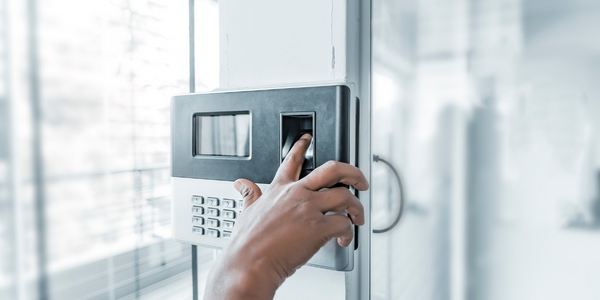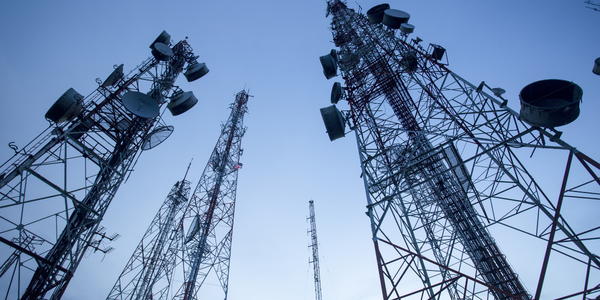Technology Category
- Sensors - Autonomous Driving Sensors
Applicable Industries
- Telecommunications
Use Cases
- Inventory Management
- Onsite Human Safety Management
About The Customer
Roto-Rooter is a leading plumbing and water clean-up company based in the United States. The company operates in over 20 states, with a fleet of 2,500 vehicles across 52 locations. Roto-Rooter's operations do not involve running routes. Instead, vehicles are dispatched to their next location based on timing, proximity, and urgency. The company has more than 1,200 drivers, all of whom are constantly on the move. All operations, including jobs and directions, are conducted on mobile devices.
The Challenge
Roto-Rooter, a leading plumbing and water clean-up company in the United States, faced a significant challenge in managing the safety of its large fleet of service vehicles. With over 1,200 drivers constantly on the move, the company needed a solution that would allow them to communicate with drivers effectively while also ensuring their safety. The company's operations, which involved dispatching vehicles based on timing, proximity, and urgency, were primarily conducted on mobile devices. This led to issues with driver distraction. The company needed a solution that would allow them to communicate with drivers while also protecting them from distractions. The challenge was to find a solution that would enable them to invest in safety at scale.
The Solution
Roto-Rooter found its solution in Samsara, an all-in-one platform that improved communication and increased safety. Samsara allowed regional managers to communicate with drivers while also reducing distracted driving behaviors. The implementation of Samsara was done in two steps. First, the management team was convinced of the benefits of the solution, particularly its potential to reduce insurance claim costs. Three pilot projects were then launched, which immediately resulted in a decrease in harsh incidents. The second step involved introducing the technology to all employees. This was done by highlighting the positive aspects of the technology and addressing any concerns. The company also made a point of capturing exonerations during the pilots and using these to engage drivers during the roll-out. The focus was on addressing one issue at a time to prevent any attrition.
Operational Impact
Quantitative Benefit

Case Study missing?
Start adding your own!
Register with your work email and create a new case study profile for your business.
Related Case Studies.

Case Study
Vodafone Hosted On AWS
Vodafone found that traffic for the applications peak during the four-month period when the international cricket season is at its height in Australia. During the 2011/2012 cricket season, 700,000 consumers downloaded the Cricket Live Australia application. Vodafone needed to be able to meet customer demand, but didn’t want to invest in additional resources that would be underutilized during cricket’s off-season.

Case Study
SKT, Construction of Smart Office Environment
SK T-Tower is the headquarters of SK Telecom. Inside the building, different types of mobile devices, such as laptops, smartphones and tablets, are in use, and with the increase in WLAN traffic and the use of quality multimedia data, the volume of wireless data sees an explosive growth. Users want limitless Internet access in various places in addition to designated areas.











